While it's not essential to have an air pressure readout on your airbags and/or tank, they're a very helpful tool in detecting and diagnosing leaks as well as checking for over-compression (of the tank) in the case that a pressure switch is faulty or absent. Over-compression isn't a big deal for the tank itself, but the compressors may end up over-working and their operating life reduced.
Analog gauges
These are the most popular air pressure readout tool. Very cheap and easy to mount, they usually come in the most popular gauge sizes (52mm mostly) so they can fit in off-the-shelf pod mounts. Standard gauges run a single needle but some companies have released dual needles to reduce the total number of gauges required to monitor an entire airride system of a car.
There are a variety of air pressure analog gauges catered for the air suspension market, ranging in generally aesthetic things such as background colour, back-lit colour, numbering font etc. as well as more important things like max pressure readout and resolution of the readout. If you see the above examples, the VIAIR, while only having a max readout of 160 PSI, has a more accurate resolution of up to every 5 PSI, comparing with EasyStreet's and KP Components max readout of 200 PSI and a resolution of only 10 PSI. For a gauge reading pressure of each airbag, a max readout of 160 PSI is more than enough, but an accurate resolution is much more desired. Being able to read air pressure to the nearest 10 PSI isn't accurate at all, nor conducive for detecting very minor leaks. However, when selecting a gauge to read tank pressure, a 160 PSI max wouldn't be a problem for a compressor that only runs up to 150 PSI (like the VIAIR 400C) but a 200 PSI gauge would be needed for one that can run up to 200 PSI (like the VIAIR 444C and 480C and AZ's OB2). That said, a gauge reading in excess of 200 PSI would be best to better monitor the compressor so it does not over-work itself.
As these gauges are analog, they require an air line tapped out of the appropriate valve (a gauge monitoring tank compression will require an air line tapped from the tank). As such, monitoring each airbag (four lines) plus an additional one for the tank would mean a lot of air lines routing from the back of the car to the location of the gauges, i.e. an installer's nightmare. As such, there are also electronic/digital gauges available too.
These gauges are in the $30USD to $40USD range from Bagriders.
Electrical/digital gauges
These gauges run pressure sensors on each valve (not unlike the ones used for pressure-based height adjustment digital management systems) and have an ECU that communicates the pressure readings from the sensor to the gauge. The type of pressure sensor associated with this setup will determine the range the gauge will read to, and to what resolution (e.g. to the nearest 1 PSI).
Due to the small size of these pod gauges, manufacturers are limited to the number of readouts they can display.
That said though, Dakota Digital came up with a "vacuum fluorescent display" that uses a much higher display resolution compared with AZ's and Podi's. With this, they were able to make the Odyssey Series 2.
The cost of these gauges are significantly higher due to the technology involved as well as the pressure senders. The AZ and Podi ones range from $60USD to $100USD whereas DD's Odyssey Series 2 is at a whopping $209USD, with an additional cost of $100USD for 4x150 PSI pressure senders and 1x400 PSI pressure sender. Prices sourced from Bagriders.
Other digital readouts
The only one I've found so far is Dakota Digital's Odyssey Series 1. It's very similar (actually I think it's the same?) as their pressure displays on their digital management controllers. They are mounted ideally on a flat surface of the dash. They function identically to the Series 2 (same type of pressure sensors, same switchable display to a single tank pressure readout).
This is the same price as the Odyssey Series 2.
Check out some examples of mounted digital gauges over at airsociety.com.
So analog or digital?
There has been some debate as to whether or not digital readouts are accurate or not. My opinion is, they're no more inaccurate than the conventional analog dial gauges. If one was to use the EasyStreet gauge, you can only really read out the pressure to the nearest 10 PSI. Sure, any monkey can look at a dial and have a guess as to what the exact pressure is, but while you're driving and looking at a gauge that's more than likely to be mounted on a slight angle compared to where you're sitting, you really only have a fraction of a second to glance over and read what the pressure in your rear left airbag is at. And at that moment, I'm pretty sure you'll read it as 60 or 70. A digital readout not only displays the reading brightly and much larger than the increments on a dial, but it'll attempt to read it to the nearest 1 PSI. If you're a doubter and don't believe in the gauge to be 100%, then you can always add your own +/- factor to it. +/- 1 PSI if you're fairly confident in it, or +/- 4 PSI if you're not; either way, you're still gonna be more accurate than reading off that analog dial gauge.
Because of the relatively slow nature of the movement of the needle reading a change in air pressure, a dial isn't really required. It's different to monitoring boost where knowing where it peaks and finding any fall offs is important, but with air suspension, the only critical things to monitor for are leaks and over-compressing which, to be honest, occur at extremely slow rates (relative to a car revving from 2000 RPM to 7000 RPM anyway). That all said, a digital gauge reading to every 1 PSI would be better for such a monitoring job.
In my opinion, going for an electrical reading is a less troublesome choice. Having additional air lines for analog gauges introduces more air leak locations and complicates the installation process. It's easy to say "oh, just be careful with your installation and just make sure to overtighten everything" but, especially for the home DIY-er, you shouldn't be so naive. Not only that, it'll mess up a tidy boot install with a load of T fittings and air lines.
One benefit I can see in using analog gauges is to match the other gauges in the car. A digital gauge or even a modern-looking analog gauge can look out of place in an old car. In these instances, perhaps an appropriate analog dial gauge might be cool, but that decision is a form > function choice.
My choice had always been a digital gauge, and after writing this up, it's only cemented it further. So much so that I made my first purchase to start off my airride build - a DD Odyssey Series 2 (along with dual 444C compressors).
:D
Links:
http://www.bagriders.com/
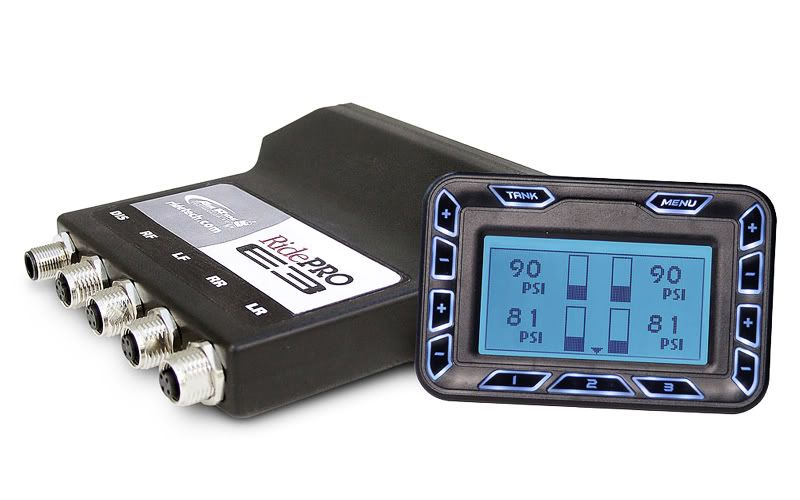
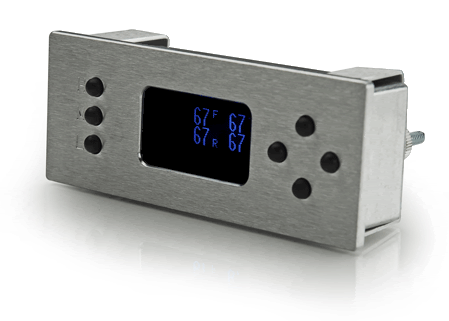
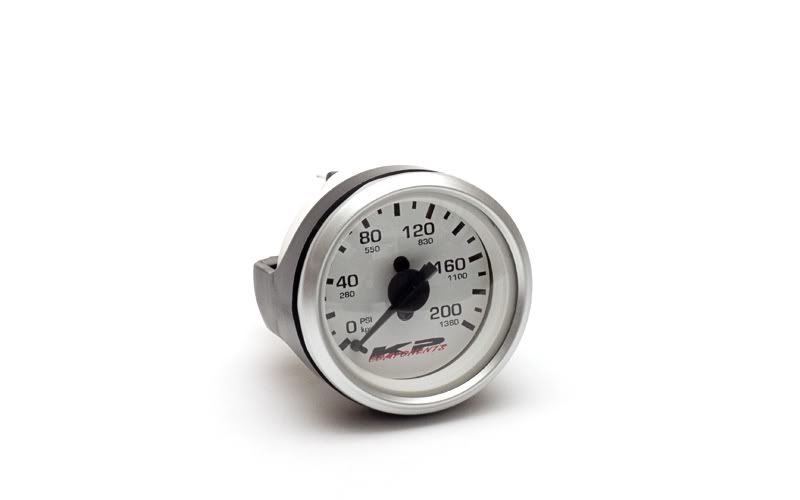
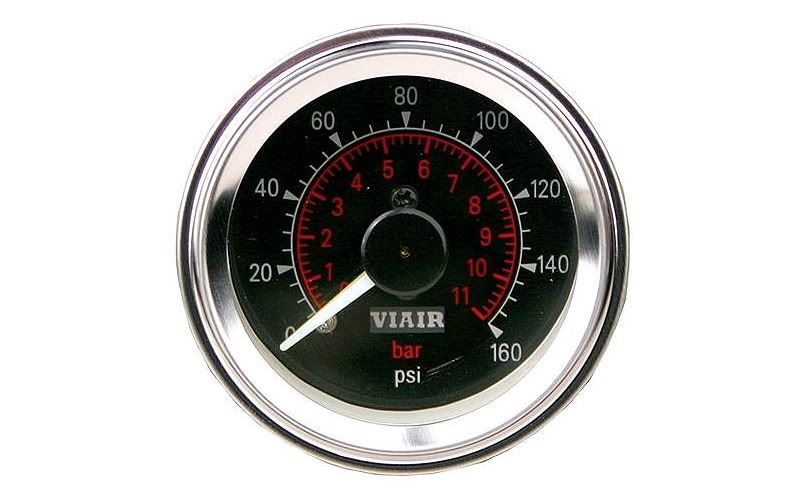
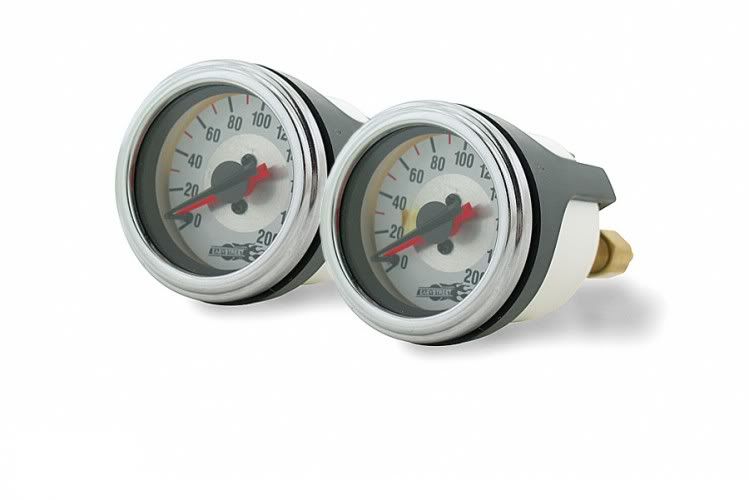

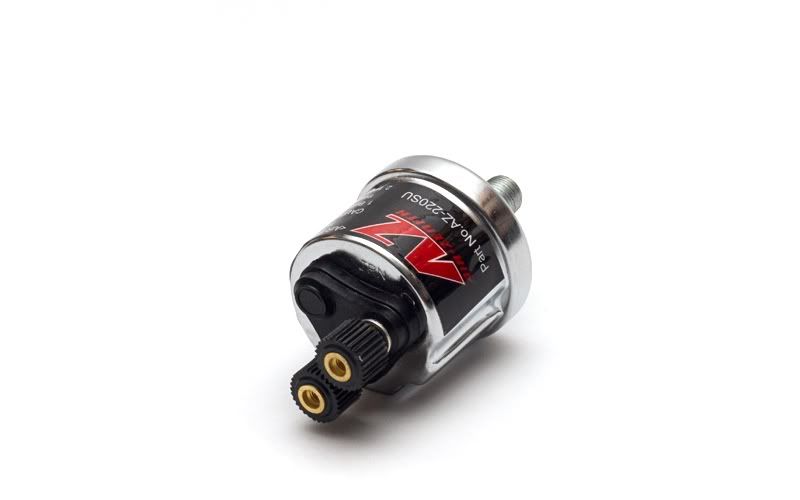
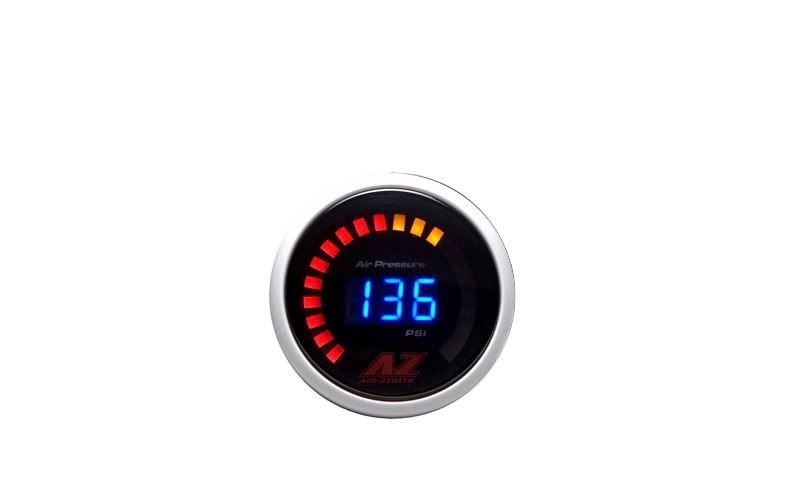
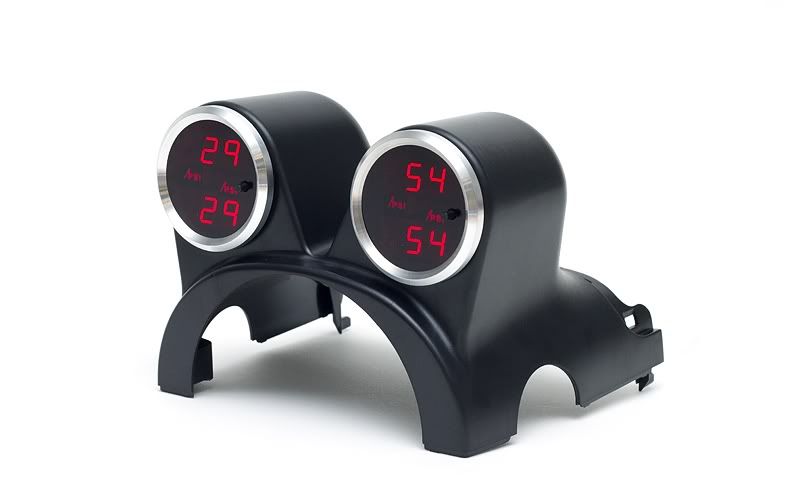
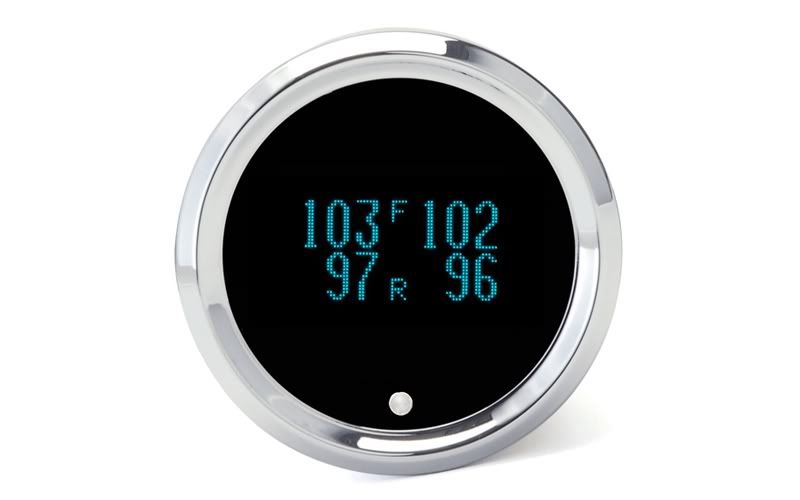

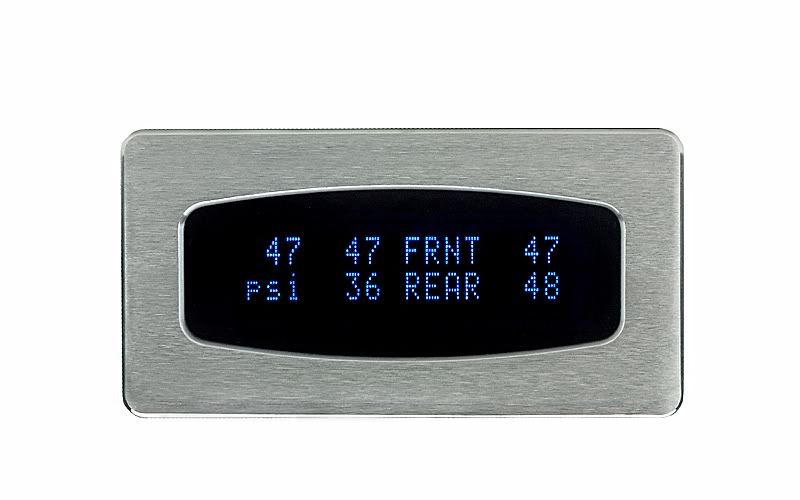
No comments:
Post a Comment